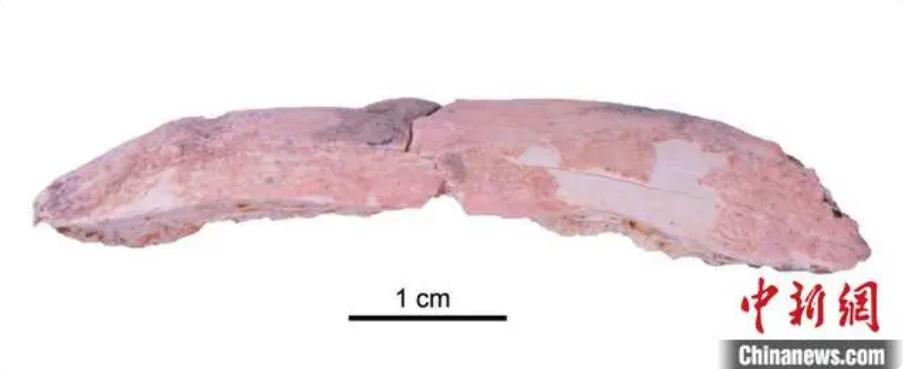
An international research team composed of Lanzhou University, the Institute of Tibetan Plateau Research of the Chinese Academy of Sciences and the University of Copenhagen in Denmark published a latest research result online in the world's top academic journal Nature on the evening of Beijing time on the 3rd. The result refreshed the latest survival time of Denisovans on the Qinghai-Tibet Plateau and revealed their survival strategy for the first time.
Zhang Dongju, professor at the School of Resources and Environment of Lanzhou University and the head of the research, introduced that the Denisovans were an extinct ancient human group, named after the Denisova Cave in Siberia where they were first discovered. They were a sister group of the Neanderthals who were widely distributed in Europe about 430,000 to 40,000 years ago, and have made genetic contributions to modern indigenous populations in Oceania, East Asia, South Asia and the Americas.
Since 2018, Zhang Dongju has led a team to conduct multiple archaeological excavations at the Baishiya Karst Cave site in Xiahe County, Gansu Province, located at an altitude of 3,280 meters in the northeast of the Qinghai-Tibet Plateau, and conducted a comprehensive study on a human mandibular fossil found in the cave in the early years. The results showed that the mandibular fossil was a Denisovan fossil formed at least 160,000 years ago. The researchers named it Xiahe Denisovan, or Xiahe Man for short.
On this basis, the research team carried out systematic animal archaeological research on more than 2,500 animal bones unearthed from the Baishiya Karst Cave site in 2018 and 2019, and introduced emerging ancient protein analysis methods to obtain more complete species information on this batch of skeletal remains and information on the animal resource utilization behavior of ancient humans.

This study used paleoproteomics to identify the Denisovan rib fossils from the Baishiya Karst Cave. The picture in this article is from Zhang Dongju's team at Lanzhou University
Zhang Dongju told reporters that through ancient protein analysis, they determined that a rib fragment was a human fossil and clearly belonged to the Denisovans. The fossil was found in the stratum dating back about 48,000 to 32,000 years. At the same time, more than 20 vertebrate species were identified, including herbivores such as woolly rhinoceros and wild yaks, carnivores such as hyenas, snow leopards, and Tibetan foxes, as well as small mammals such as plateau rabbits and marmots.
This work also revealed the survival strategies of the Denisovans, showing that they had carried out complete animal resource processing and consumption behaviors such as skinning, dismembering, and meat removal in the cave, as well as trying to use bones to make simple tools.

The research team is conducting excavation and research work in Baishiya Cave.
Chen Fahu, an academician of the Chinese Academy of Sciences and a researcher at the Institute of Tibetan Plateau Research of the Chinese Academy of Sciences, said that the Denisovans in the Baishiya Cave made full use of diverse animal resources, which may have helped them survive successfully on the Qinghai-Tibet Plateau for at least tens of thousands of years.

The entrance to Baishiya Cave. The latest excavation research results published this time reveal the hitherto unknown lifestyle of the Denisovans on the Qinghai-Tibet Plateau.
Experts believe that the research results provide conclusive human fossil evidence for the activities of Denisovans in the late Pleistocene at the Baishiya Karst Cave site, and extend the latest survival time of the Denisovans to about 48,000 to 32,000 years ago. It provides valuable new materials for the study of the physical and genetic characteristics of the Denisovans, their activity history, and their adaptation to high-altitude environments. It also provides key materials and new clues for the study of the coexistence of Denisovans and early modern humans in East Asia and their genetic and cultural exchanges.
